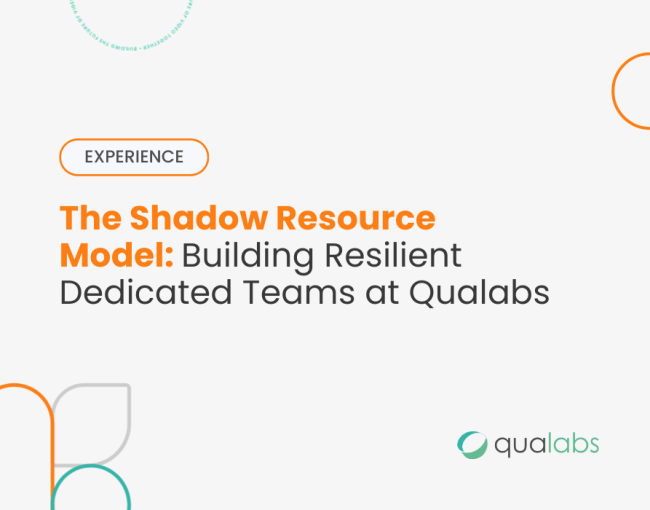Delivering seamless video experiences across various devices and fluctuating network conditions is paramount. MPEG-DASH (Dynamic Adaptive Streaming over HTTP) stands out as a pivotal technology enabling this adaptability.
What is MPEG-DASH?
MPEG-DASH is an international standard for streaming multimedia content over the internet. It allows video content to be broken into small, HTTP-delivered segments, enabling dynamic adjustment of video quality based on the viewer's network conditions and device capabilities.
Benefits of MPEG-DASH
- Adaptive Bitrate Streaming: Ensures optimal video quality with minimal buffering by adjusting to network fluctuations.
- Device Compatibility: Being codec-agnostic, it supports various devices and platforms.
- Scalability: Utilizes standard HTTP servers and CDNs, facilitating efficient content delivery to large audiences.
- Enhanced User Experience: Provides smooth playback, improving viewer satisfaction and engagement.
Applications and advanced use cases, DASH Overlays
Leading streaming platforms like Netflix and YouTube employ MPEG-DASH to deliver high-quality video content globally. Its flexibility and efficiency make it ideal for both live and on-demand streaming services.
Beyond standard streaming, MPEG-DASH facilitates innovative features like client-side overlays. These overlays enable dynamic, real-time graphics—such as subtitles, logos, or interactive elements—rendered directly on the viewer's device. This approach enhances personalization and reduces server load.
For an in-depth look at implementing DASH overlays, explore our success story: Enabling Scalable, Real-Time Video Graphics with MPEG-DASH.
.png)
.png)





